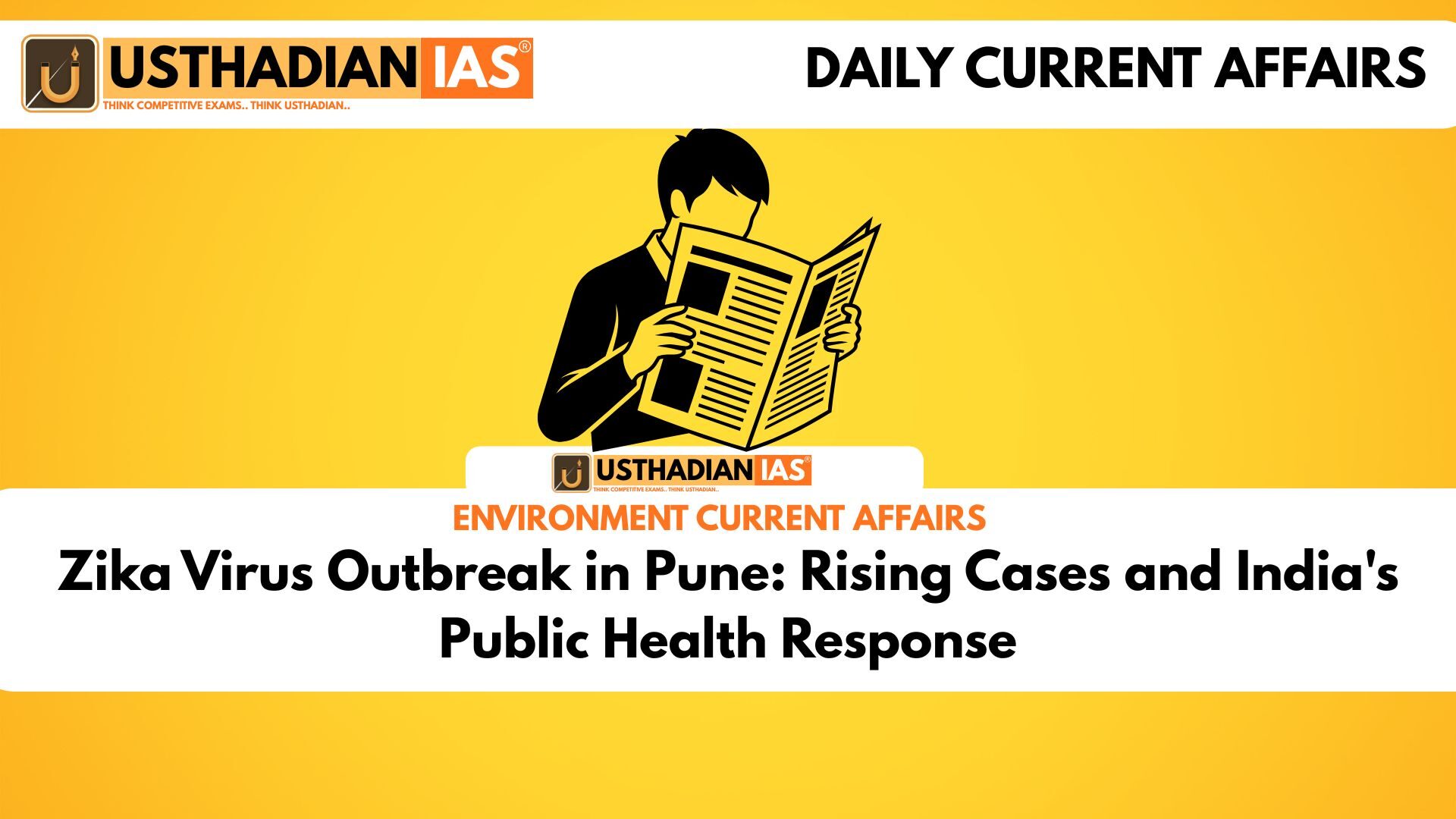Alarming Spike in Zika Cases in Pune
Zika Virus Outbreak in Pune: Rising Cases and India’s Public Health Response: The Zika virus has become a growing public health concern in India, particularly in Pune district, Maharashtra. In 2024, Pune alone recorded 125 of the 151 confirmed cases nationwide, making it the epicentre of the outbreak. This sudden surge has caught the attention of both the Indian health authorities and the World Health Organization (WHO). Thankfully, no severe outcomes like microcephaly in infants or Guillain-Barré Syndrome (GBS) in adults have been reported in connection with these cases in India so far.
Understanding How Zika Spreads
Zika is primarily transmitted through the bite of infected Aedes mosquitoes, which are commonly found in tropical and subtropical regions. What makes the virus more complex is that it’s not limited to mosquito bites. It can also spread from a pregnant mother to her unborn child, through sexual contact, blood transfusions, and even organ transplants. Knowing these transmission modes helps in developing stronger preventive strategies, especially in high-risk zones.
Maharashtra at the Forefront of the Outbreak
In 2024, Maharashtra topped the list of states with Zika infections, reporting 140 cases in total. Out of these, Pune alone accounted for the majority. The trend is disturbing when compared to previous years—only one case was reported in 2021, followed by three in 2022, and 18 in 2023. Other states like Karnataka and Gujarat have reported a smaller number of cases, but the rising graph in Maharashtra has triggered nationwide concern.
Government Action and Surveillance Boost
To tackle the situation, the Government of India issued a Zika advisory on July 3, 2024, instructing states to scale up surveillance and vector control. The Integrated Disease Surveillance Programme (IDSP) is leading efforts to track cases, especially among pregnant women, who are at higher risk of complications. Local health departments are also engaging in awareness drives and community-level mosquito control measures.
Zika Virus: A Brief Historical Perspective
Zika was first identified in Uganda in 1947 in monkeys. It made its way into human populations during the 1950s, mainly in Africa. The first Indian case was detected in Gujarat in 2016, and since then, small outbreaks have occurred sporadically across India. Despite the growing numbers, India has not seen the kind of severe outcomes reported in Latin American countries like Brazil during past outbreaks.
Why Cases Often Go Undetected
According to the World Health Organization, 60–80% of Zika infections are either mild or asymptomatic, which makes it harder to track the virus effectively. Lack of awareness among healthcare workers, along with limited testing, often leads to underreporting. For better management, public awareness campaigns and improved diagnostic infrastructure are vital.
Static GK Snapshot: Zika Virus in India
| Fact | Details |
| First Zika Case in India | Gujarat, 2016 |
| Main Vector | Aedes aegypti mosquito |
| State with Highest Cases in 2024 | Maharashtra (140 cases, 125 from Pune) |
| Transmission Modes | Mosquito bites, pregnancy, sex, blood transfusion, organ transplant |
| Surveillance Program | Integrated Disease Surveillance Programme (IDSP) |








